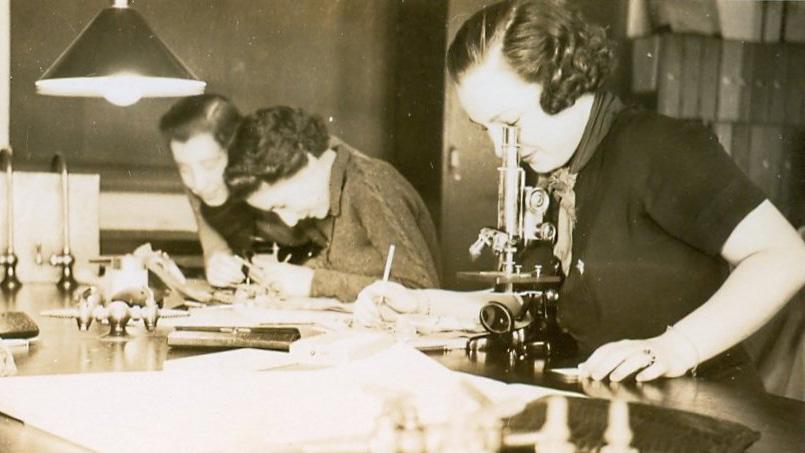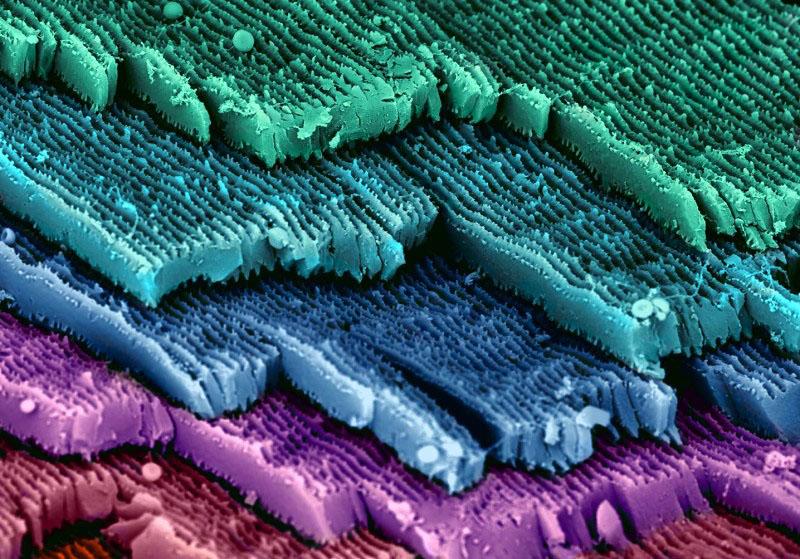Nanotechnology
The dawn of the cyborg bacteria is here
It might be, but at a tiny level: Scientists at UPenn are working on using bacteria to control small synthetic structures, hoping to one day use them to deliver highly targeted doses of medicine. And don’t worry about the apocalypse: They still can’t defeat a bottle of bleach.
Real-life invisibility cloak shows the promise of ‘nanomanufacturing’
This week, the media reported on scientists developing materials they say could create a kind of invisibility cloak. The research was funded in part by the National Science Foundation. It’s just one example of ‘nanomanufacturing,’ which the NSF sees as a way to give the United States an edge as industrial manufacturing wanes.


